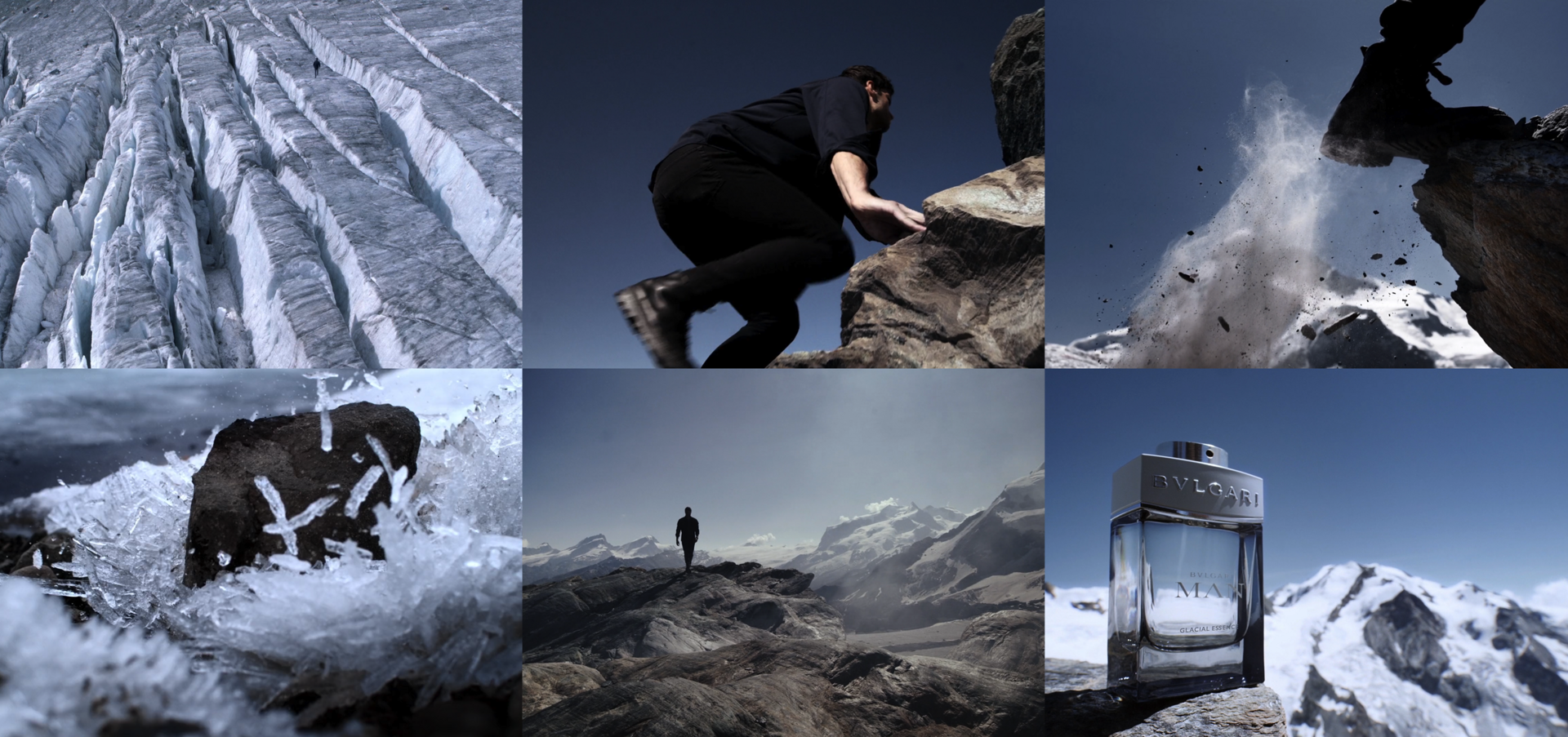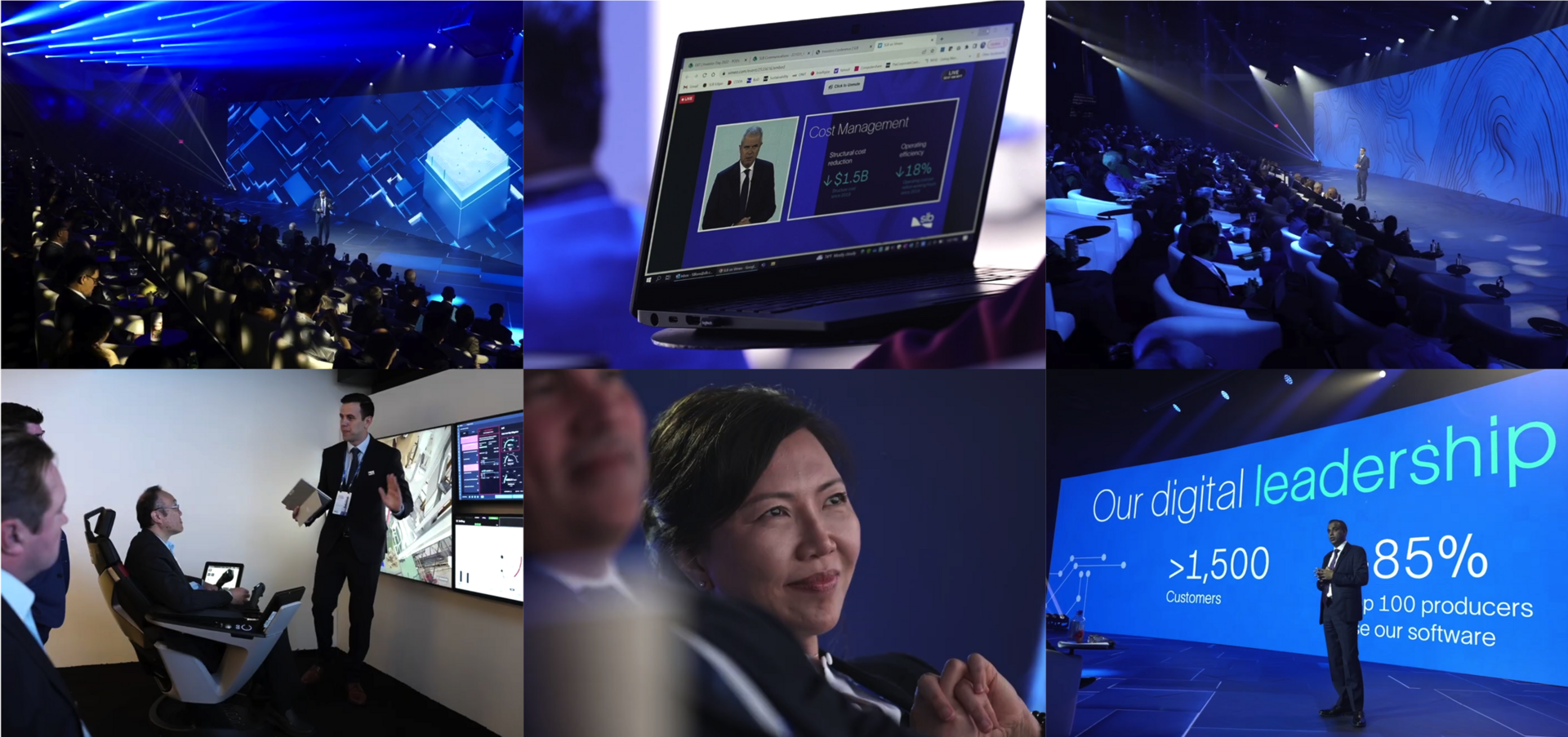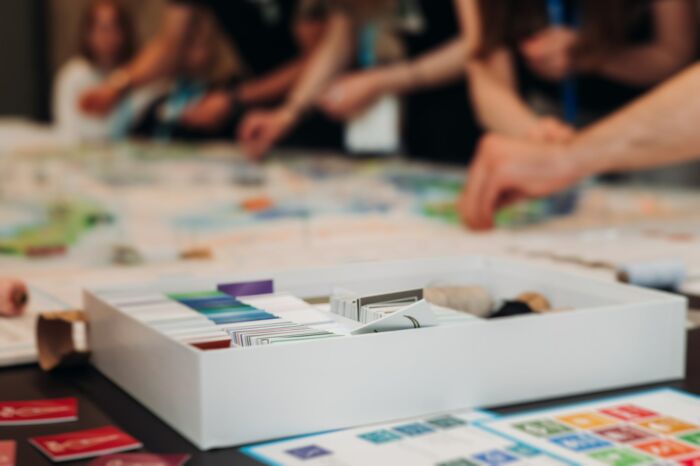
Breaking the ice
The collaboration between luxury brand Bvlgari and MCI for the launch of the men's fragrance Glacial Essence is an excellent example of how creative thinking can be harnessed to overcome obstacles.
The original strategy was to create a live experience for influencers and press representatives in June 2020. Due to unforeseen circumstances MCI and Bvlgari had to quickly pivot and, using creative problem-solving techniques, find a completely different solution that would still arouse curiosity, influence emotional response, and inspire action in the audience of influencers.
Team MCI Switzerland and their creative technologists at Dorier brainstormed alternatives and within 72 hours were able to present a draft idea that would literally and figuratively break the ice: transforming the physical activation into an exclusive, sensory-enriched, 100% virtual experience.
Taking the inspiration behind the fragrance, which aimed to convey the essence of a lungful of icy fresh air, the team developed a concept that would transport the audience via preloaded VR goggles on an expedition to the top of a glacier, while enveloped in the new scent. Through sight, smell, excitement, and hearing, this mix of virtual reality and real-life immersed the audience in a 360-degree interactive brand universe.
The strategic outcomes of this creative problem-solving process were remarkable. Due to demand, three times the number of devices were sent to three times the number of anticipated markets. The project also transformed into a global, on-demand activation with consumers able to access the videos on various platforms, and in certain stores once lockdown ended. All sales targets were achieved, while reach and engagement exceeded all expectations.

Going further
Facing the imperatives of climate change and the energy transition, Schlumberger took the bold step to transform. From being the world’s largest oilfield services company, the organisation was repositioned as a global technology company committed to low-carbon and carbon-neutral technologies.
The challenge was to ignite excitement and confidence in the new brand focus and identity (SLB) at the Investors Conference 2022.
To embrace and understand the rebranding, MCI’s creative team worked very closely with the client’s brand and communications teams as well as their branding agency. The big idea “Go Further” was conceived by MCI Creative Director Mark Aldridge during a series of creative brainstorming sessions with MCI teams and SLB, and it informed almost everything MCI subsequently conceived and delivered.
From the invitation to arrival at the location, to the journey through space, SLB’s powerful investors were immersed in transformative opportunities. Brand values were brought to life to instil confidence and change expectations through interactive zones and educational spaces. Every aspect emphasised SLB’s bold commitment to embracing innovation and Going Further.
By the final session, not one guest had left the venue and audience engagement was extremely high during the closing Q&A. The target for share price increase had been set at 5%; a 20% increase was achieved.
Thanks to the way the team managed to use creative thinking and problem solving techniques to communicate the repositioning, brand values and principles, the client felt completely vindicated and the collaboration between SLB and MCI has continued as a trusted partnership.
Creating a culture of creative problem solving
These examples vividly illustrate the role of creative thinking in problem-solving and the immense opportunities it can unlock. Both also highlight the power of collaboration. When faced with unexpected challenges, the teams at Bvlgari and MCI worked together, embracing the opportunity to design and develop uniquely immersive brand experiences, through their combined expertise.
While it is clear that creative-thinking plays a pivotal role in problem-solving, empowering individuals within organisations to truly leverage this potential to navigate uncertainty and unlock new opportunities requires a culture that encourages exploration, experimentation and controlled risk-taking. When these values are championed, businesses can unlock competitive advantages and ignite opportunities.
Creative thinking allows individuals and organisations to break free from conventional approaches and explore new opportunities and innovative solutions that can lead to significant advantages. In today’s volatile and competitive world of business, harnessing creative thinking during problem-solving has become an imperative.
Discover how MCI can partner with you on creative problem-solving. Contact us today.
For more thought leadership on creativity, read Harnessing creative thinking skills, also by Sylvia André.




